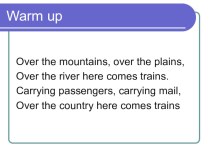- Главная
- Разное
- Бизнес и предпринимательство
- Образование
- Развлечения
- Государство
- Спорт
- Графика
- Культурология
- Еда и кулинария
- Лингвистика
- Религиоведение
- Черчение
- Физкультура
- ИЗО
- Психология
- Социология
- Английский язык
- Астрономия
- Алгебра
- Биология
- География
- Геометрия
- Детские презентации
- Информатика
- История
- Литература
- Маркетинг
- Математика
- Медицина
- Менеджмент
- Музыка
- МХК
- Немецкий язык
- ОБЖ
- Обществознание
- Окружающий мир
- Педагогика
- Русский язык
- Технология
- Физика
- Философия
- Химия
- Шаблоны, картинки для презентаций
- Экология
- Экономика
- Юриспруденция
Что такое findslide.org?
FindSlide.org - это сайт презентаций, докладов, шаблонов в формате PowerPoint.
Обратная связь
Email: Нажмите что бы посмотреть
Презентация на тему для 10 класса по теме Natural habitats
Содержание
What is a Habitat?A habitat is a “home ground” or an environment in which an organism or group of species normally lives or occurs. In this sense, a habitat is any particular place that supports animal
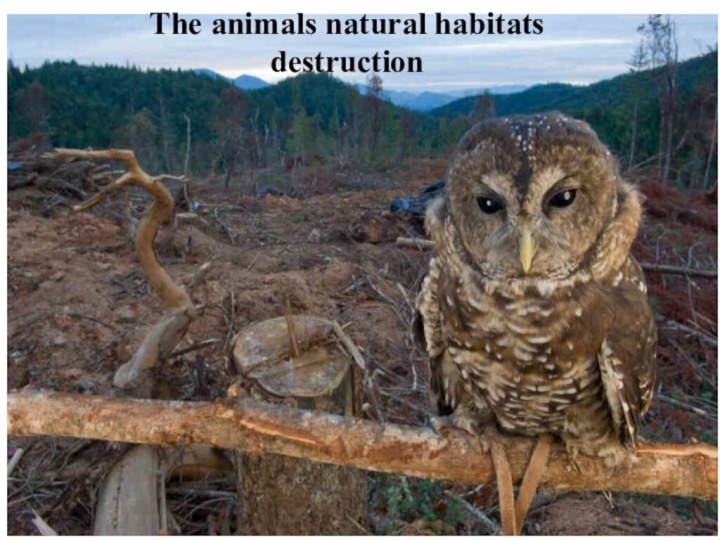

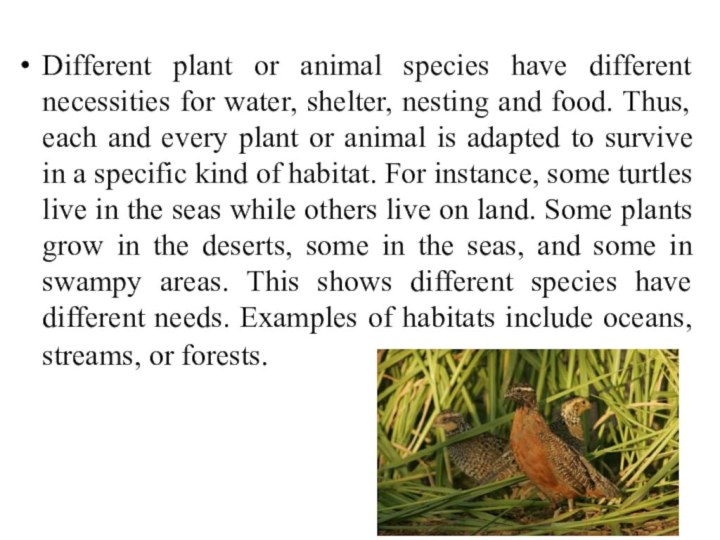
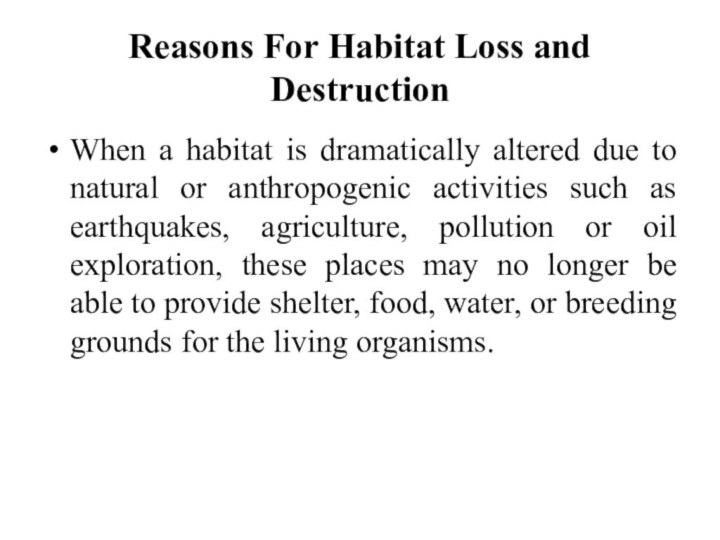
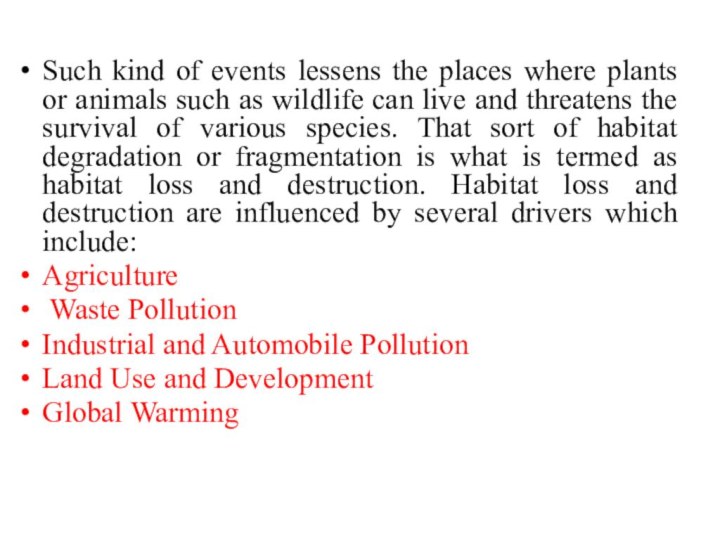
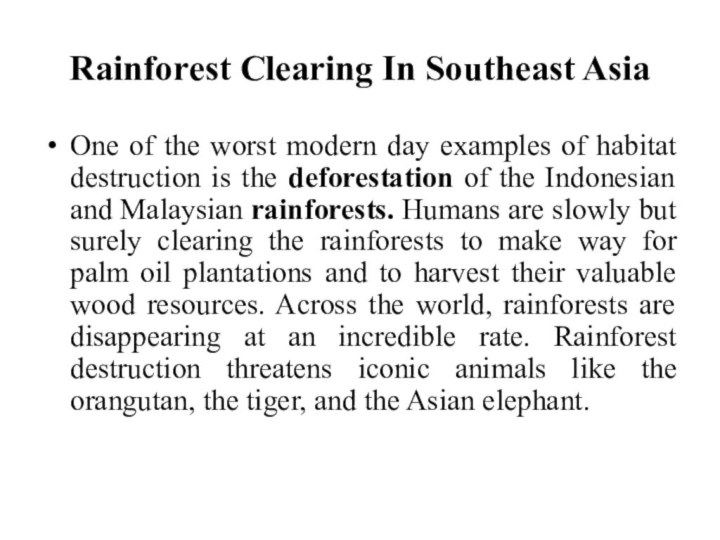
Слайд 3 Different plant or animal species have different necessities
for water, shelter, nesting and food. Thus, each and
every plant or animal is adapted to survive in a specific kind of habitat. For instance, some turtles live in the seas while others live on land. Some plants grow in the deserts, some in the seas, and some in swampy areas. This shows different species have different needs. Examples of habitats include oceans, streams, or forests.
Слайд 4
Reasons For Habitat Loss and Destruction
When a habitat
is dramatically altered due to natural or anthropogenic activities
such as earthquakes, agriculture, pollution or oil exploration, these places may no longer be able to provide shelter, food, water, or breeding grounds for the living organisms.Слайд 5 Such kind of events lessens the places where
plants or animals such as wildlife can live and
threatens the survival of various species. That sort of habitat degradation or fragmentation is what is termed as habitat loss and destruction. Habitat loss and destruction are influenced by several drivers which include:Agriculture
Waste Pollution
Industrial and Automobile Pollution
Land Use and Development
Global Warming
























